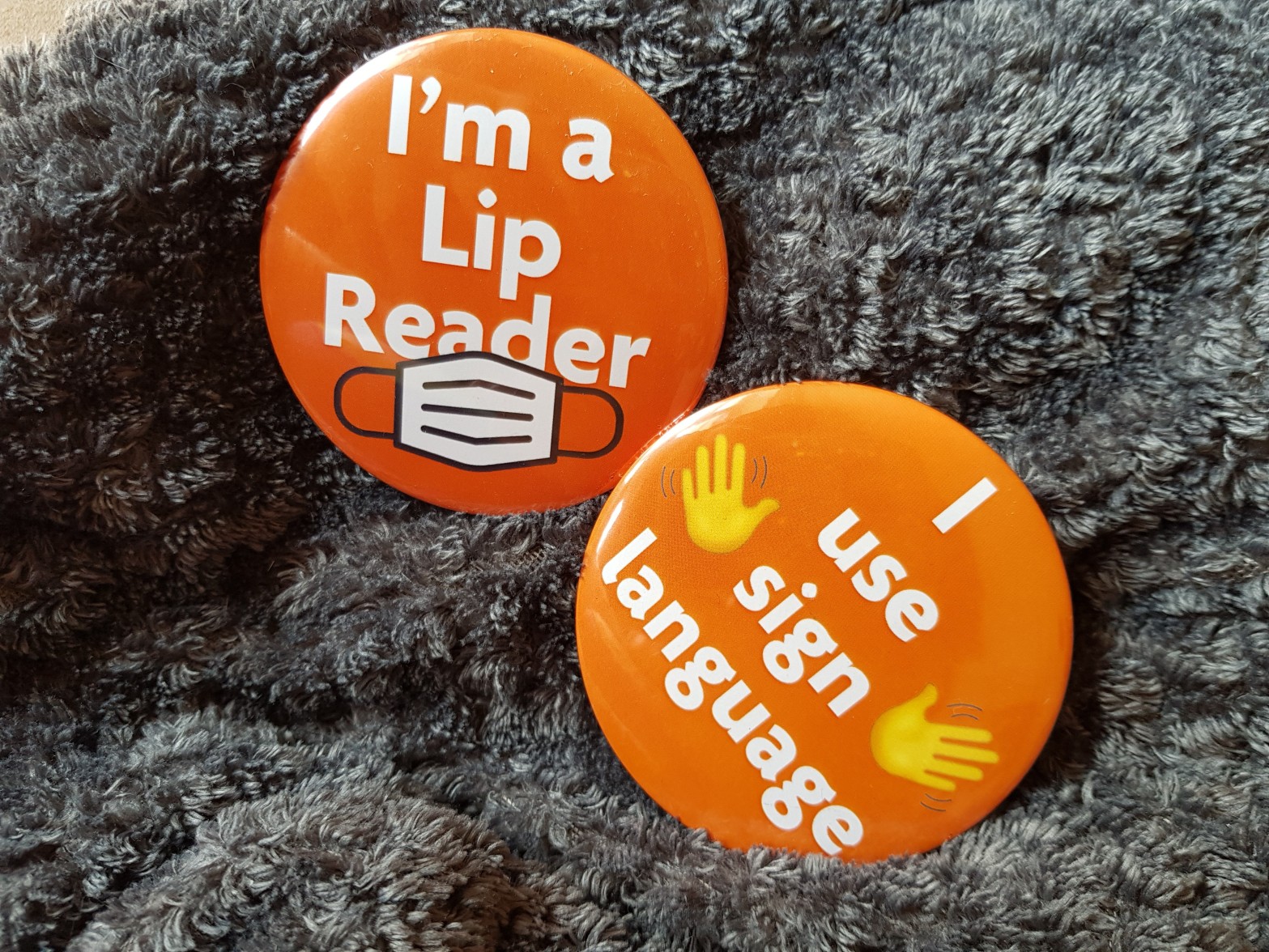Face coverings are (finally) mandatory in shops. There is zero doubt, in my mind at least, of their benefits and the fact that they are playing an enormous part in keeping people safe and well. However, for someone who is hard of hearing or D/deaf, they can be a huge barrier in regards to being able to effectively communicate with hearing people.
I am not, even for a moment, saying that masks should not be worn! They are essential in regards to the wellbeing of humanity. They are needed and beyond important. What I am saying though is that D/deaf people are being forgotten by the majority of the hearing community and that is absolutely not okay! D/deaf and HOH people need to be able to communicate as effectively as possible in order to not be socially isolated, to not be less able to go about their day and to be able to ask for possibly lifesaving help…
So the question is- how does the hearing community communicate with people who both cant hear and cant see what they are saying? Lucky for you, dear reader, I am Deaf and am a lipreader so I am happy to give you my experience and pointers of what may help D/deaf and hard of hearing people be able to understand you…
Ways to communicate with someone who is D/deaf or HOH:
- If you want to get a D/deaf/HOH persons attention, try waving or (gently!) tapping them on the shoulder. Do not shout, clap or click at them. There are other ways of getting a deaf persons attention such as stamping on carpet or hardwood floor or turning the lights off and back on again but these are normally used by people who know the D/deaf person, as they may have a preference as to which one they like to be alerted by. Remember that you don’t get to decide which is best, the D/deaf person does.
- You have a few options as to what to do communication-wise but the most effective way, in my opinion, to communicate is to have done some homework in the form of learning some basic sign language (the type of sign language with vary depending on which country you are from as there are many types) via either Deaf friends or family, BSL teachers or even Deaf YouTubers. This is especially important if you work with lots of people (for example working at a supermarket).
- You can also write down what you need to say on a piece of paper and pass them the pen so they can do the same. There are also apps for this that you can download, remembering of course that it is not just the D/deaf persons responsibility to have these apps downloaded.
- There are also apps and websites that can connect you do a sign-language interpreter for moments when you get incredibly stuck.
- There is always the option of stepping back a safe distance and remove your face covering or to change into a face shield which, if you work in a place like a supermarket, should be available to you but I understand that members of the general public may not have access to these.
- Speak as clearly as possible and at a loud, but not aggressive, volume. This may seem obvious but some people struggle with this. Speaking at a steady pace and being as clear as you can is incredibly helpful to those of us with reduced hearing, please remember though not to speak aggressively when you are raising your volume. It sounds simple but it is something you need to be aware of for the benefit of the person you are speaking to, as no one likes being shouted at!
The likelihood is that you have read this far because you want to help people to be able to communicate effectively and for that, I am grateful. If you follow these steps and speak to other D/deaf/HOH people and get their viewpoint too, you cant really go wrong.
Doing your best is all you can do.
And we all thank you for trying.
Tal x
